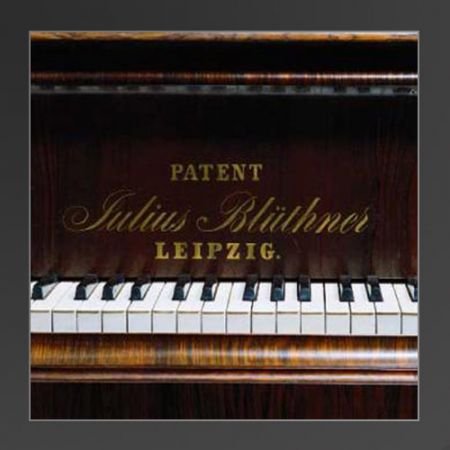Generations of piano makers have been constantly attempting to improve the quality of their instruments. Julius Blüthner made an important contribution with the development of the Aliquot System. Patented for the first time in 1872, it was one more step that provided Blüthner’s well known warm and romantic sound. The patented Blüthner Aliquot System consists of an additional fourth string in the treble section which is not struck by the hammer. The fourth string vibrates by resonance, and introduces additional overtones which enrich the dynamic sound.


Leave a Reply